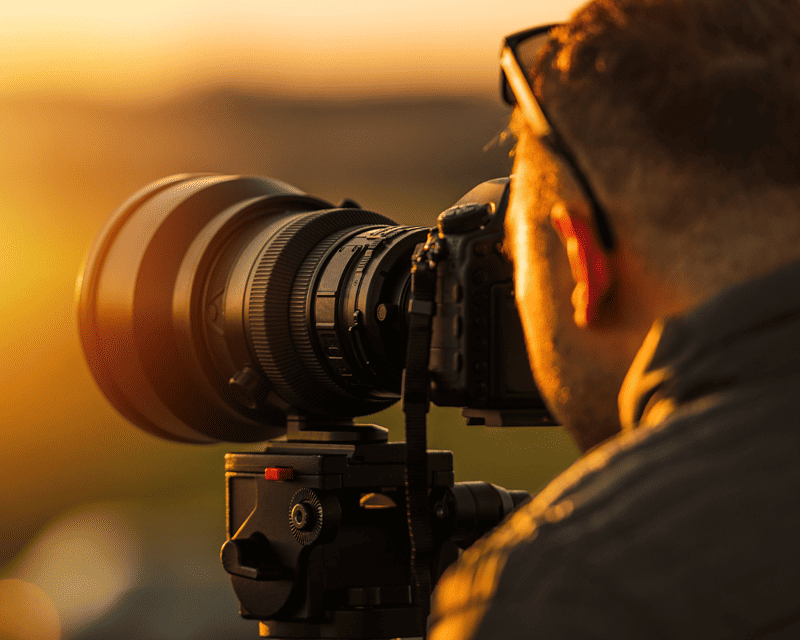Visuals are critical in attracting attention and effectively expressing messages in the age of digital content development. Stock photography has long been a popular way for professionals and content creators to rapidly and economically obtain high-quality photographs. However, as we approach 2023, it is critical to assess if stock photographs still have value in a society filled with visual information.
What exactly is stock photography?

Stock photos are a collection of professionally shot pictures that have been licensed for specific purposes. Photographers often develop these images, which are then made available through web platforms known as stock photo agencies. Stock photographs are organized into several themes, such as business, lifestyle, nature, and more, making it simple for users to select images that are relevant to their projects.
Despite their ubiquitous use, they pose a number of issues. One major source of concern is their lack of genuineness. Because stock photographs are sometimes taken in a contrived setting, they can feel impersonal and fail to elicit true feelings. The models in these images are frequently professional actors, resulting in a false depiction of normal life. This lack of authenticity can interfere with the viewer’s connection to the image.
Furthermore, popular stock photographs are overused, resulting in visual redundancy across multiple platforms. This overuse can lead to a sense of cliche, making it harder for firms to stand out and convey their distinct character.
Another problem with stock images is that they do not accurately depict various cultures and civilizations. Many stock picture libraries contain photographs mostly of Western countries, maintaining a lack of inclusion and cultural representation. This might make it difficult for brands to engage honestly with a broad audience or appropriately represent the groups they serve.
Aside from that, stock photo license restrictions can impose constraints. Certain photographs may necessitate additional licenses or permissions for specialized usage, such as commercial or print media, resulting in unanticipated expenditures and legal issues. These constraints can limit the flexibility and originality of content developers who want to use stock photographs in their work.
Alternatives to stock photography
To address the constraints of stock photography, content creators and enterprises have begun to look into alternative visual content sources. Custom photography is one such option, in which professionals interact with photographers to create unique and tailored photos that meet their specific demands. Custom photography allows for a distinct visual identity and the capture of true moments that represent the soul of the business or message.
User-generated content (UGC) is another common alternative. UGC is the use of photos and videos made by brand consumers or enthusiasts. It adds authenticity since genuine individuals share their experiences with a product or service. Brands can curate and request permission to use UGC, providing a unique and relatable viewpoint.
What makes for good images?
Good photographs, regardless of their source, have certain characteristics that make them effective. They should be visually appealing, grabbing the viewer’s attention and eliciting an emotional response. Strong composition, lighting, and colour choices all contribute to an image’s overall impact.
The importance of authenticity in today’s visual scene cannot be overstated. Images that show genuine situations, emotions, and different points of view connect with viewers, building trust and relatability. Content creators should attempt to show real-life circumstances and persons that reflect the variety of their audience when selecting or generating graphics.
Additionally, good visuals are contextually appropriate. They correspond to the intended message and elicit the appropriate reaction from the spectator. When selecting or designing images, it is critical to keep the target audience and their preferences in mind. Images that speak directly to the audience’s interests, values, and objectives are more likely to resonate and leave an impression.
Final thoughts

The use of stock photos in 2023 necessitates a thorough analysis of its benefits and drawbacks. While stock photography has been a practical and cost-effective way to get high-quality images, it is crucial to recognize its limitations. Stock photographs’ efficacy in communicating a true and relatable message can be hampered by a lack of authenticity, overuse, and poor coverage of many cultures and communities.
Custom photography and user-generated material, fortunately, have developed as attractive alternatives to stock photography. Custom photography enables the production of individualized and one-of-a-kind graphics that correctly reflect the identity and message of a brand. Content makers can capture realistic moments and communicate a sense of real-life experience to their audience by cooperating with photographers.
User-generated content is an effective technique to capitalize on the authenticity and engagement of genuine consumers. Brands may tap into their consumers’ current loyalty and passion by adding UGC into their visual content strategy, displaying their experiences and developing a strong community around their products or services. UGC humanizes visual storytelling by instilling trust and relatability in the audience.
Certain parameters must be considered while selecting graphics, whether from stock photos, creative photography, or user-generated content. Images should be visually appealing, elicit emotions, and hold the viewer’s attention. They should also be contextually appropriate, meaning they should align with the intended message as well as the audience’s interests and values. In a world where visual content abounds, distinguishing out and making an impression necessitates the use of images that are distinct, authentic, and resonate with the target audience.
